Exclusive: Inside Chernobyl's Radioactive Ruins
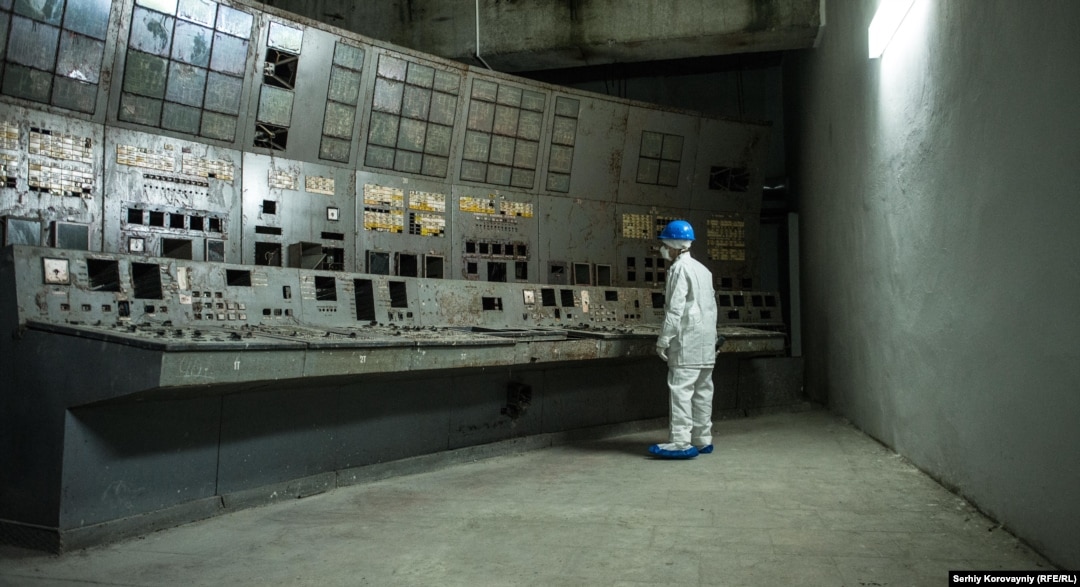
Inside the control room of Chernobyl's Unit 4. Technicians were testing the backup cooling system on April 26, 1986, when they noticed something had gone horribly wrong.
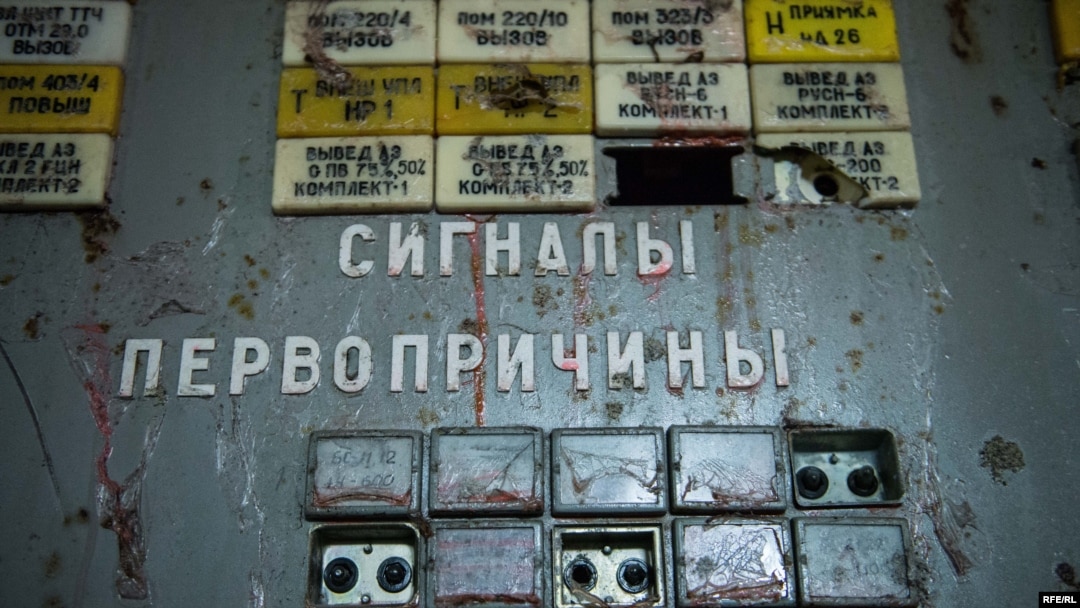
Panels inside Unit 4 control room. Almost all of the control rods had been removed from the reactor and technicians lost control of the flow of coolant.
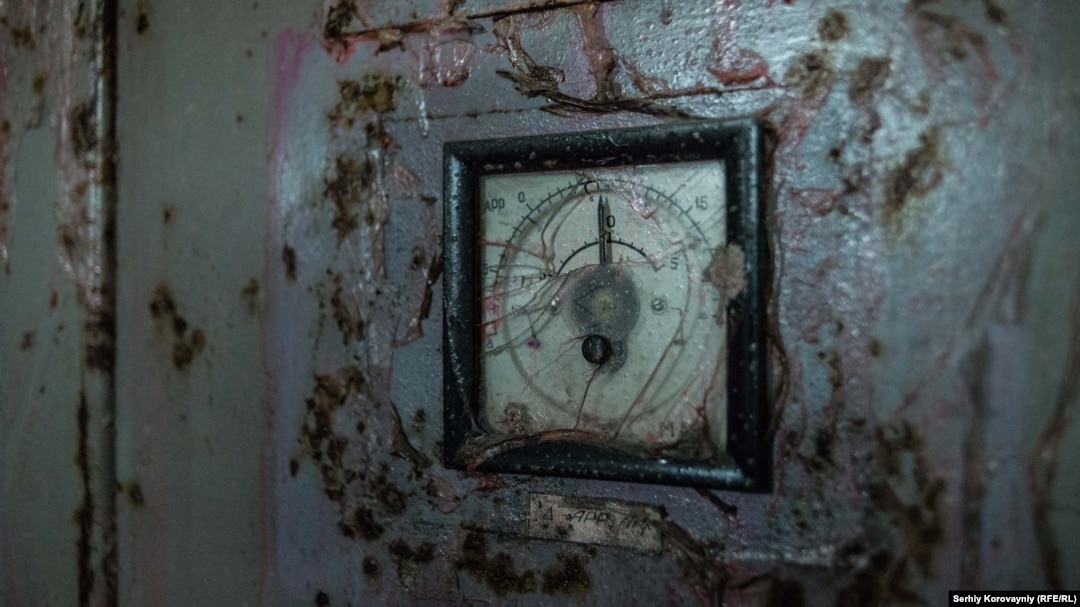
A gauge inside the control room of Unit 4. Technicians realized temperatures inside the reactor were soaring and extreme heat began to melt the core.
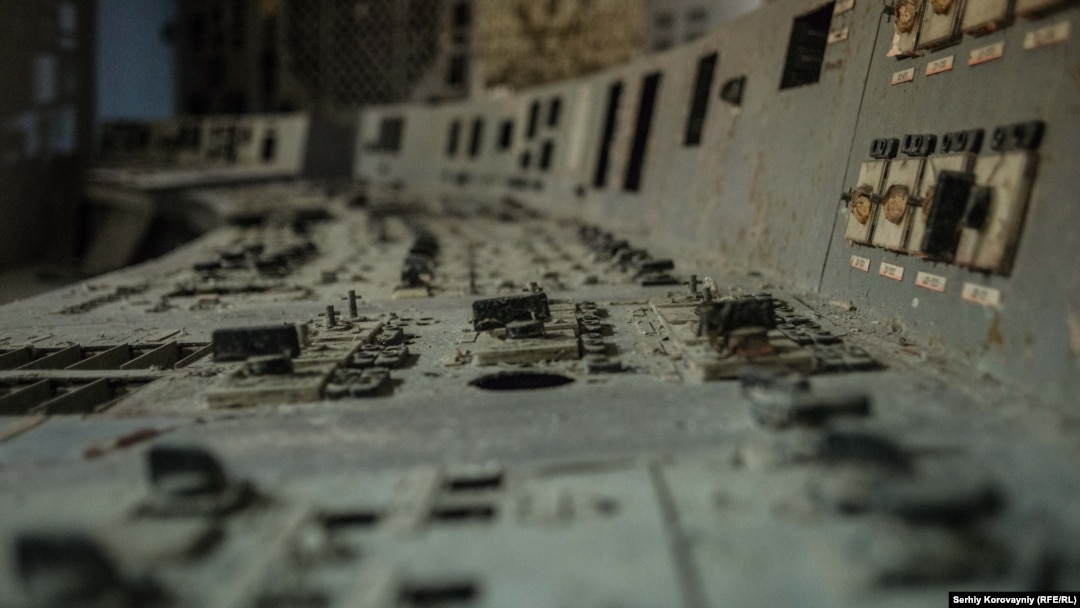
A dust-covered control panel in Chernobyl's Unit 4. The reactor exploded at 1:23 a.m. and spewed eight tons of radioactive debris into the atmosphere.
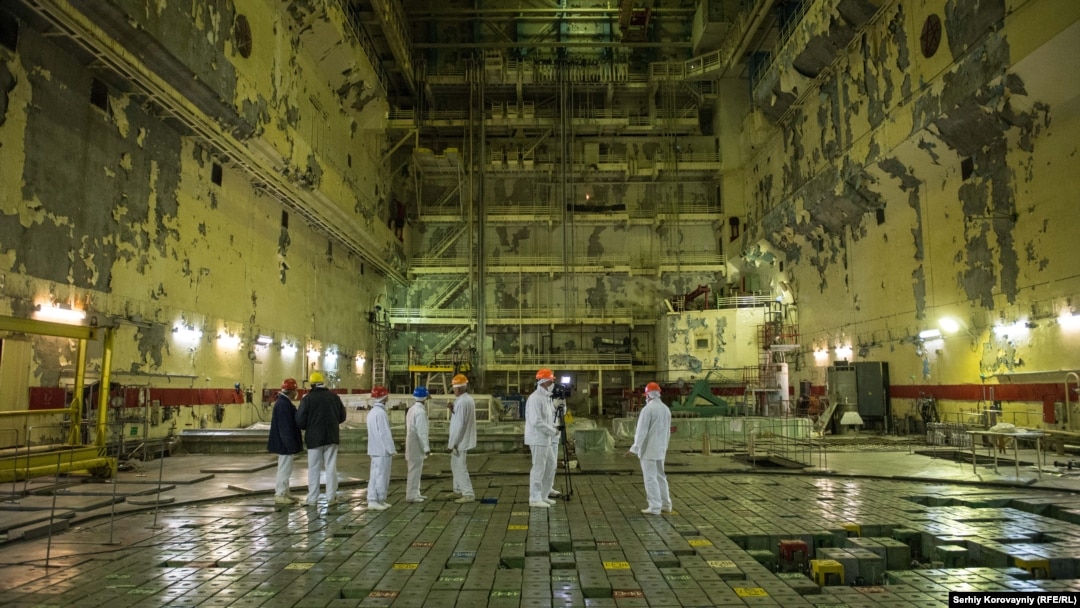
The reactor hall in Chernobyl's Unit 1. This was the power plant's first reactor, which went online in 1977.
Control rod coverings for the nuclear reactor in Chernobyl's Unit 1. Control rods were inserted in between the uranium fuel in the core to slow the nuclear reaction.
Pipes inside the reactor hall of Chernobyl's Unit 1.
The reactor hall in Unit 1. For years after the disaster, the Chernobyl power complex still produced electricity for Ukraine. The reactor in Unit 1 wasn't decommissioned until 1996.
A pump in the turbine hall of Chernobyl's Unit 4.
The ruins of the turbine hall in Unit 4. When the reactor exploded, falling radioactive debris set the roof of the building on fire.
Debris inside Unit 4 turbine hall. Immediately following the 1986 nuclear disaster, crews hastily built a concrete sarcophagus to encase the entire reactor to prevent more radiation from spreading.
A giant turbine in Chernobyl's Unit 4. A nuclear reactor is like a giant steam engine. Uranium fuel rods react to produce a massive amount of heat. That converts water into steam which drives the turbines to generate electricity.
Wiring inside the turbine hall. There still remains about 200 tons of radioactive fuel inside Unit 4.
A crane in turbine hall of Unit 4. With Chernobyl's concrete sarcophagus crumbling, the international community came up with a plan to build a new confinement structure.
Construction of the New Safe Confinement (NSC) is complete. In mid-November, the giant steel structure will start sliding into place over Chernobyl's old crumbling concrete sarcophagus. The end walls that will seal the covering will be built in 2017. When finished, the confinement structure is expected to keep radiation from leaking for the next 100 years.

